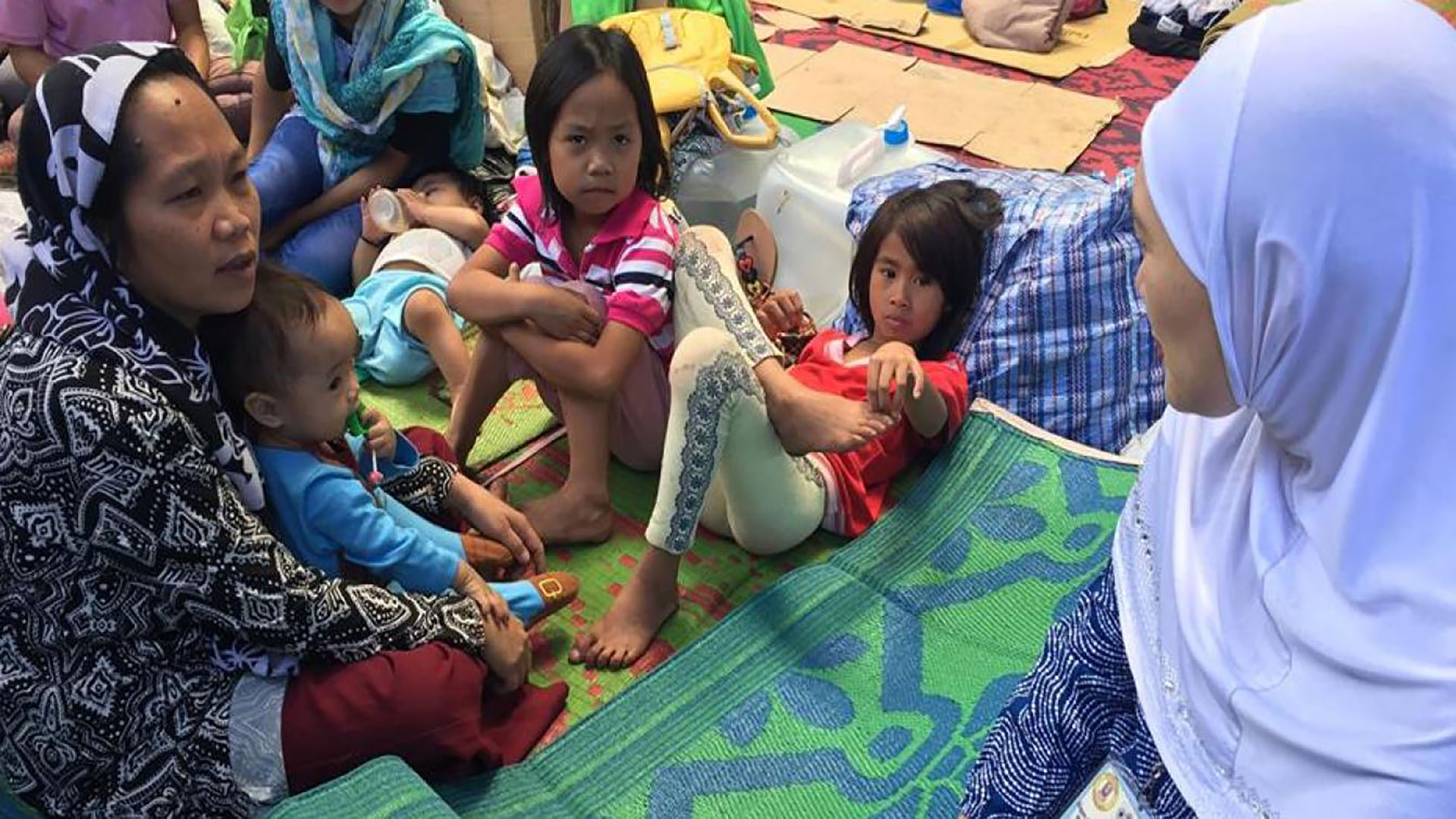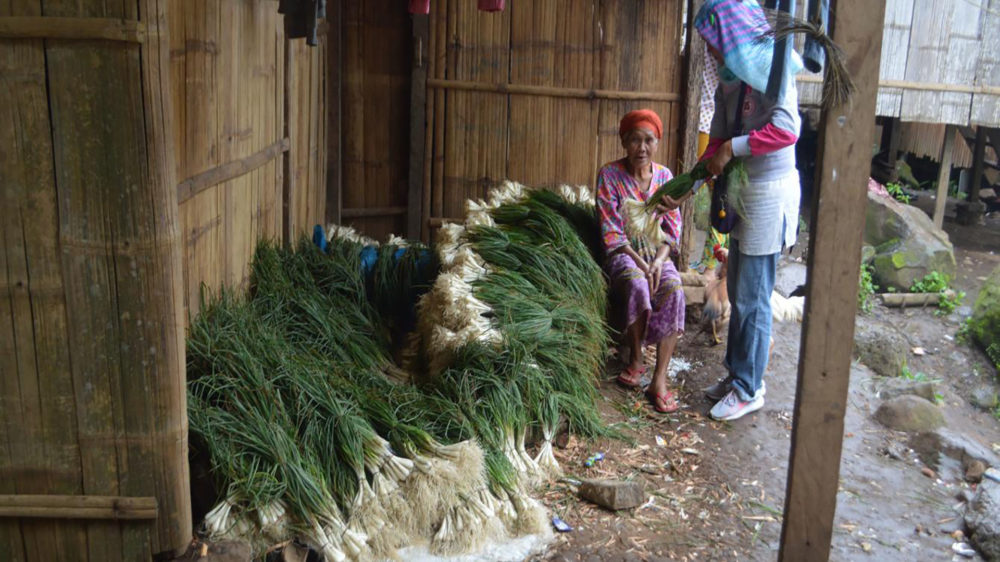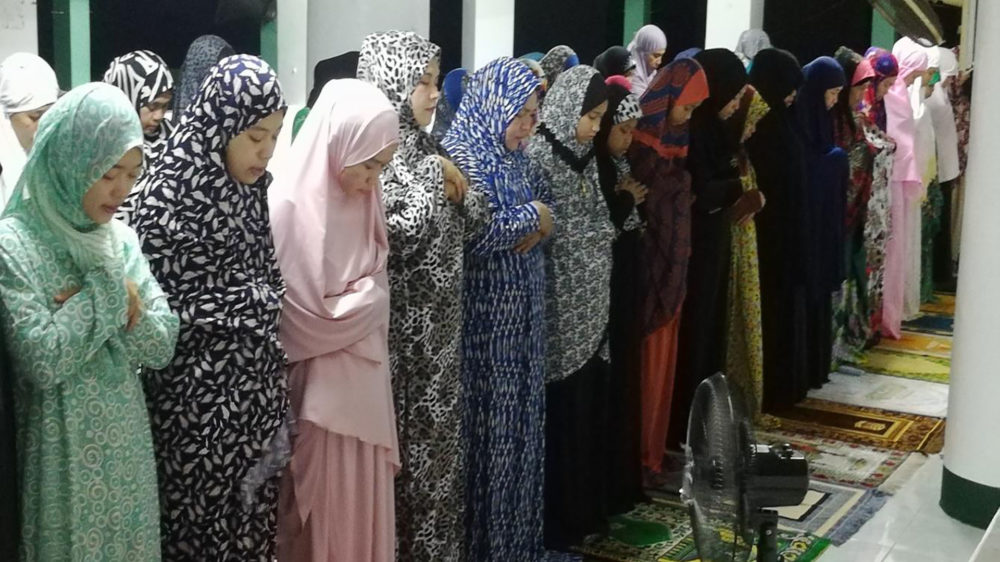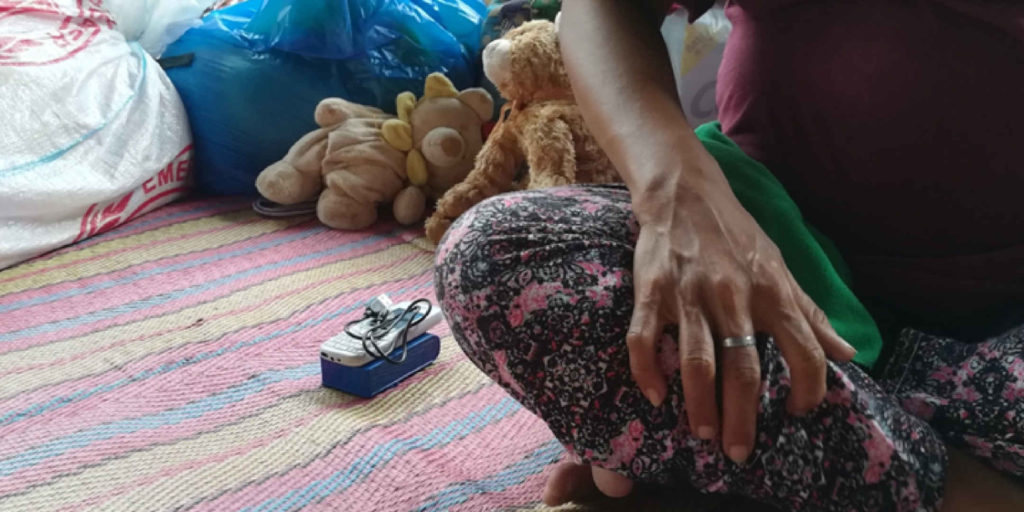
As the humanitarian situation in the southern city of Marawi enters its second week, over 90% of people in Marawi City have been forced to flee to neighboring areas while hundreds remain trapped in the city proper. Marawi City has a predominantly Muslim population of about 200,000 people.
Assessments conducted by the Humanitarian Response Consortium (HRC) around evacuation centers in Iligan City found a need to address gaps in basic necessities, especially for displaced women and children, on water, sanitation and hygiene, and trauma support.
Insufficient toilet facilities, such as open bathing areas, were seen in evacuation centers while women reported the need for sanitary supplies, including undergarments.
Although some evacuation centers have started providing psycho-social services, more support is needed.
“While thousands of people are safe from the crossfires for now, the well-being of internally displaced persons, especially women, children and other vulnerable groups, must also be protected. We continue to monitor the situation on the ground in close coordination with concerned agencies,” said Kevin Lee, one of the convenors of the Humanitarian Response Consortium – a group of non-governmental organizations activated during emergencies. The HRC is preparing to build temporary bathing facilities in select evacuation centers.
With such a large-scale of displacement, the likes of which have not been seen in Marawi City since the conflict began in the seventies, tracking the needs of internally displaced persons is proving to be a challenge.
Two weeks into the conflict, there is no final data on the total number of displaced people, according to the HRC.
Thousands are staying in evacuation centers in Iligan. However, a greater number of internally displaced persons have chosen to stay in the homes of their relatives due to cultural norms, depleting household resources as the conflict drags on.
Thousands of evacuees are also staying in municipalities outside Iligan City, including Saguiran, Baloi and Pantar – areas not easily accessible to humanitarian groups due to ongoing military operations.
Along with our local partners, Oxfam is closely coordinating with the government, UN agencies and other humanitarian actors in monitoring needs and will be ready to support if requested and provided access.
“Addressing the immediate needs of evacuees is imperative in as much as a long-term recovery plan for Marawi City must also be considered to prevent a larger humanitarian crisis from occurring,” said Oxfam Country Director Daniel Sinnathamby. //
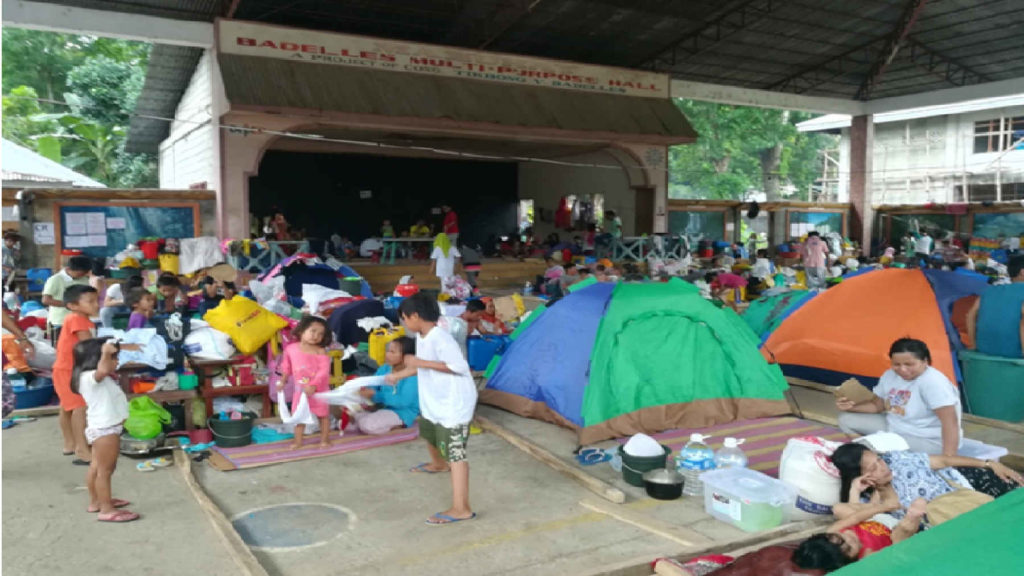
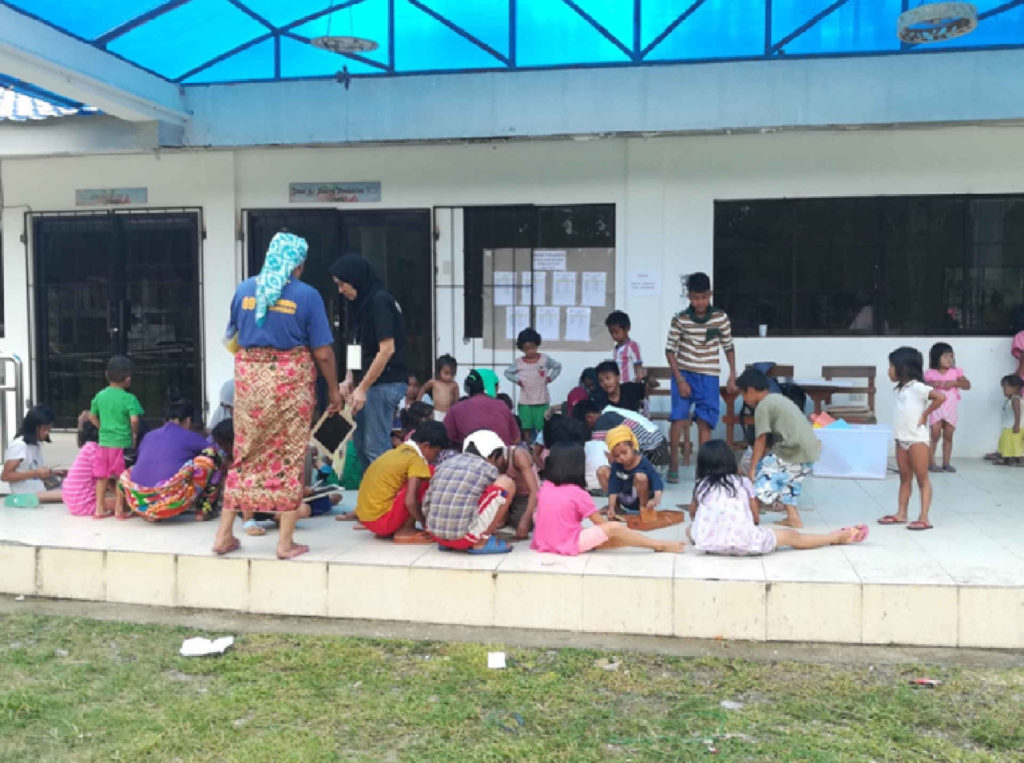
Contact information:
For more information or to interview spokespersons, please contact:
Angela Casauay, Oxfam Media Officer: +639175119797 or angelacasauay@gmail.com

